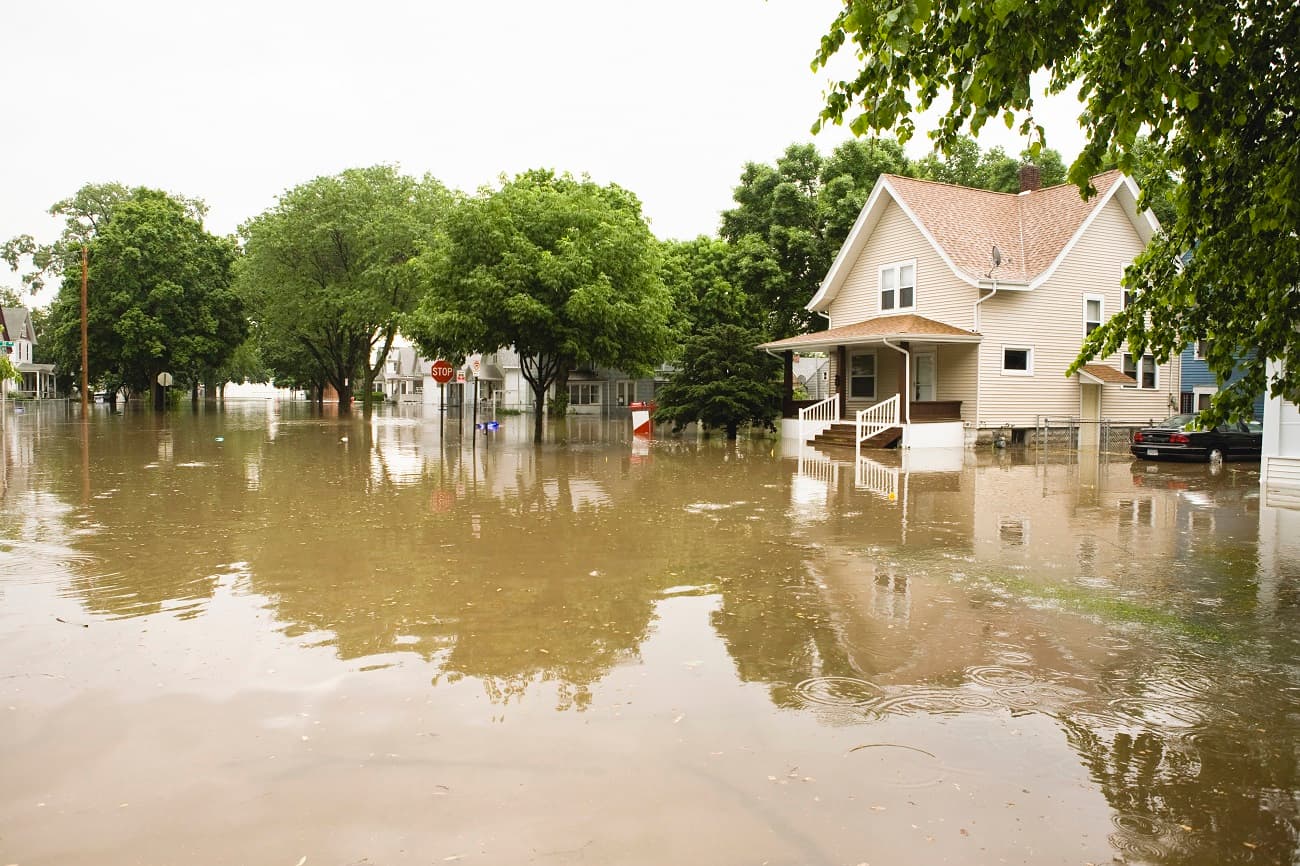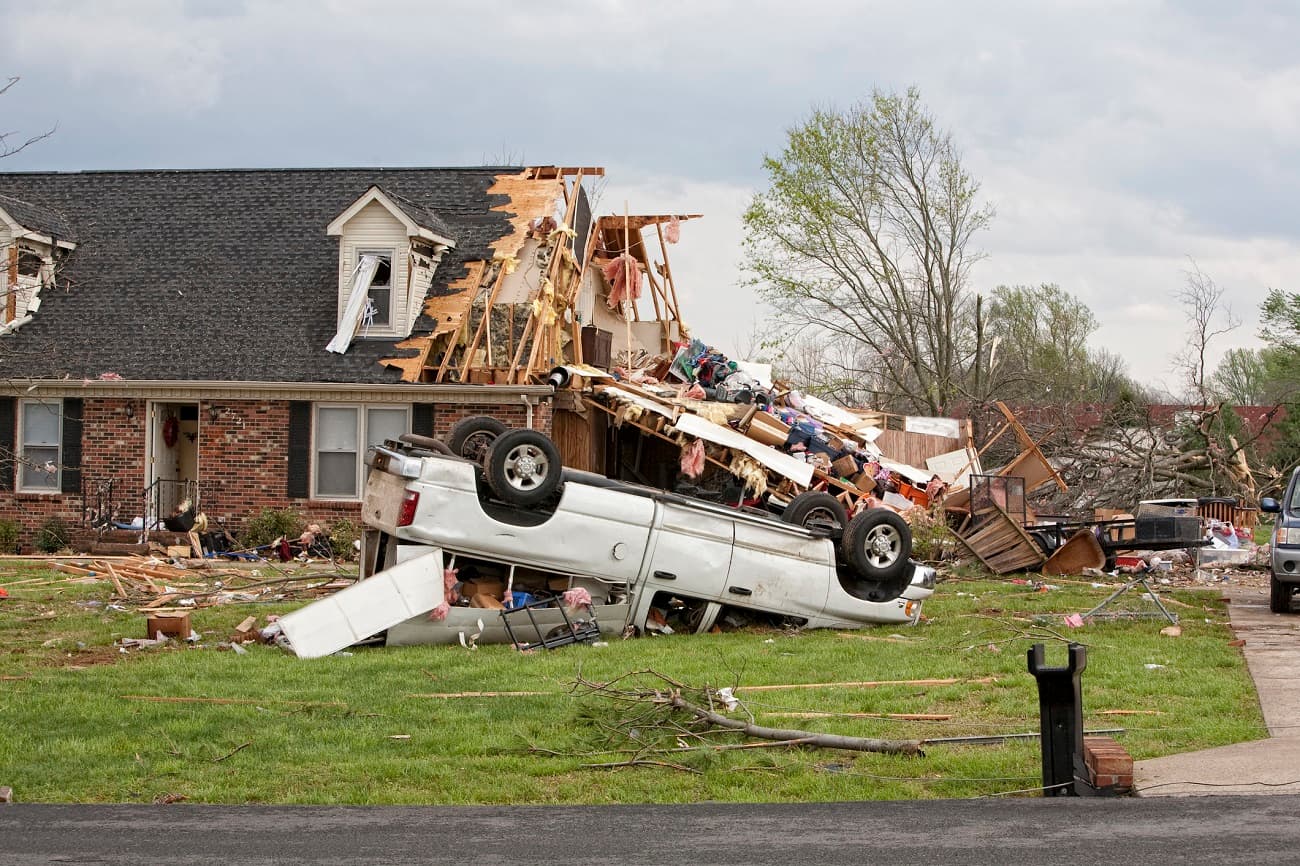Downloadpdf (PDF: 112 KB)
NAR developed this one-pager to help educate the Administration and Congress on the importance of the National Flood Insurance Program (NFIP) not only to real estate markets but to the nation as a whole. Top Ten Reasons for the NFIP outlines the key benefits of the program, including economic stability, taxpayer protection, and community resilience. This resource makes the case for preserving and strengthening NFIP by showing how it supports homeowners, local governments, and the broader economy.
- Insurance Coverage: Provides $1.3 trillion in flood insurance to 4.7 million policyholders in 23,000 communities nationwide. Without it, property owners must rely on disaster aid -- all at taxpayer expense.
- Economic Benefit: Offers insurance that is not available in the private market for half a million home sales each year, creating one million jobs and contributing $70 billion to the U.S. economy.
- Taxpayer Savings: Reduces the need for federal disaster aid by providing a pre-funded way to recover from floods. Policyholders contribute through insurance premiums, sharing the fiscal responsibility.
- Financial Sustainability: Generates $3.5 billion per year in revenue to pay for the total cost of flooding. In catastrophic years when revenue is insufficient, NFIP still contributes $3.5 billion and pays interest on Treasury loans.
- Responsible Development: Requires local governments to map floodplains and regulate building, making homes and communities safer. Every $1 spent on risk mitigation saves $6 in avoided future flood losses.
- Local Floodplain Management: Partners with local governments who know their flood risks best and can regulate and tailor building to local needs.
- Risk Reduction: Promotes floodplain management, mapping, and mitigation efforts, reducing the overall risk and impact of flooding. Risk-based insurance rates incentivize property owners to take preventive measures.
- Personal Responsibility: Charges full-risk rates for new policies and 18% annual increases for existing policies so property owners have “skin in the game” and bear more of the cost for riskier decisions.
- Disaster Recovery: Provides $250,000 in building replacement coverage to help homeowners recover quickly from flooding. Versus FEMA aid averaging $4,000 and SBA loans that must be repaid with interest and the mortgage.
- Community Stability: By providing financial protection against flood damage, NFIP helps stabilize local economies and communities after flood events.










